The Federal Aviation Administration (FAA) has taken a significant step forward in advancing commercial drone operations in the United States. In a recent development reported by Robot Report, the agency has authorized multiple operators to conduct commercial drone flights without visual observers in shared airspace
Leading Companies Pave the Way
Zipline International and Wing Aviation LLC, a subsidiary of Alphabet Inc., are at the forefront of this groundbreaking authorization. These companies have been working closely with the FAA to develop safe and scalable drone delivery operations.
UTM: A New Approach to Airspace Management
Unlike traditional aircraft managed by air traffic controllers, drones require a different approach. The FAA’s authorization introduces the concept of UAS Traffic Management (UTM) services, allowing companies to share flight data and planned routes with other authorized airspace users.
Zipline explains the importance of UTM:
“Without UTM, this could take a long time, as teams frequently handle route validation, safety checks, and all of the documentation that is required for every flight. With UTM, those steps can be done in seconds.”
Beyond Visual Line of Sight (BVLOS) Operations
This authorization marks a crucial step towards routine Beyond Visual Line of Sight (BVLOS) operations. Traditionally, drone pilots were required to maintain visual contact with their aircraft at all times. The new advancements in air traffic technology and procedures are changing this paradigm.
Safety Measures and Restrictions
The FAA has put several safety measures in place:
- All flights must occur below 400 feet altitude
- Drones must stay away from any crewed aircraft
- Initial flights using UTM services are expected to begin in August
- More authorizations in the Dallas area are forthcoming
Looking Ahead: Normalizing UAS BVLOS Operations
The FAA is working on releasing the Normalizing UAS BVLOS Notice of Proposed Rulemaking (NPRM) this year. This initiative aims to expand drone operations while maintaining aviation safety standards, backed by strong Congressional support in the recent FAA reauthorization.
DroneXL’s Take
This authorization by the FAA represents a significant milestone in the evolution of commercial drone operations in the United States. As we’ve seen in our coverage of BVLOS operations, the ability to fly drones beyond visual line of sight is crucial for scaling drone delivery and other commercial applications.
The implementation of UTM services is a game-changer, streamlining the process of coordinating drone flights and ensuring safety in shared airspace. This development aligns with the growing trend of integrating drones into various industries, from package delivery to infrastructure inspection.
As the Drone Industry continues to mature, we can expect to see more advancements in regulatory frameworks and technologies that enable safe and efficient drone operations. The FAA’s commitment to releasing the NPRM for normalizing BVLOS operations this year is a clear indication of the government’s support for this rapidly evolving sector.
Photo courtesy of Wing Aviation
Discover more from DroneXL
Subscribe to get the latest posts sent to your email.






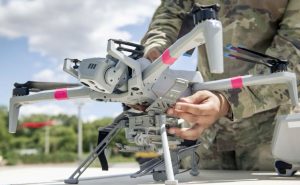


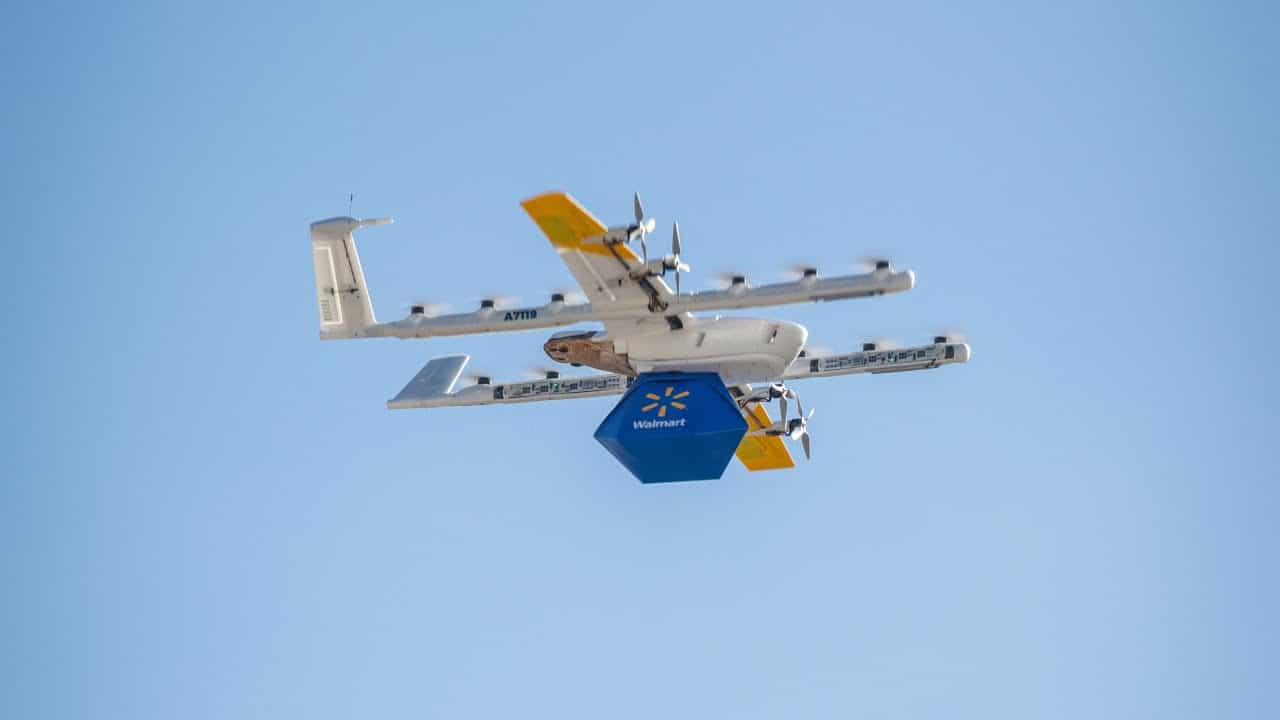





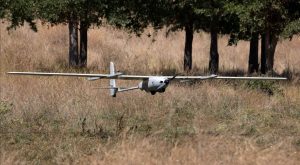
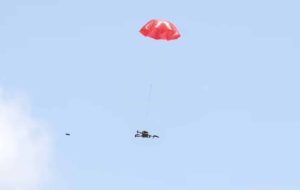
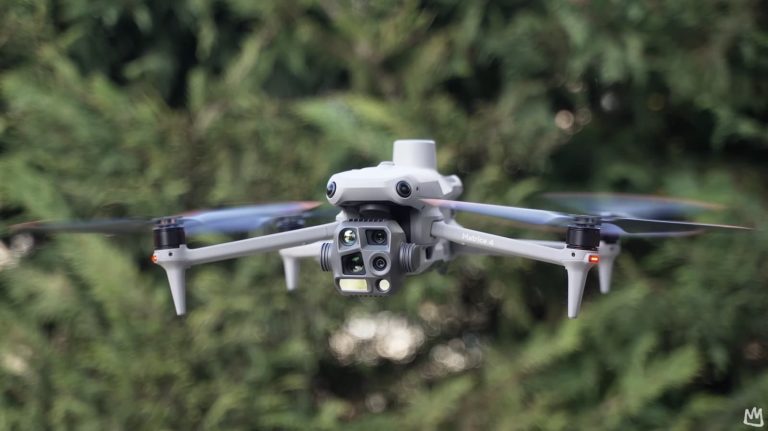




+ There are no comments
Add yours